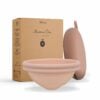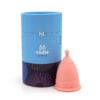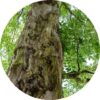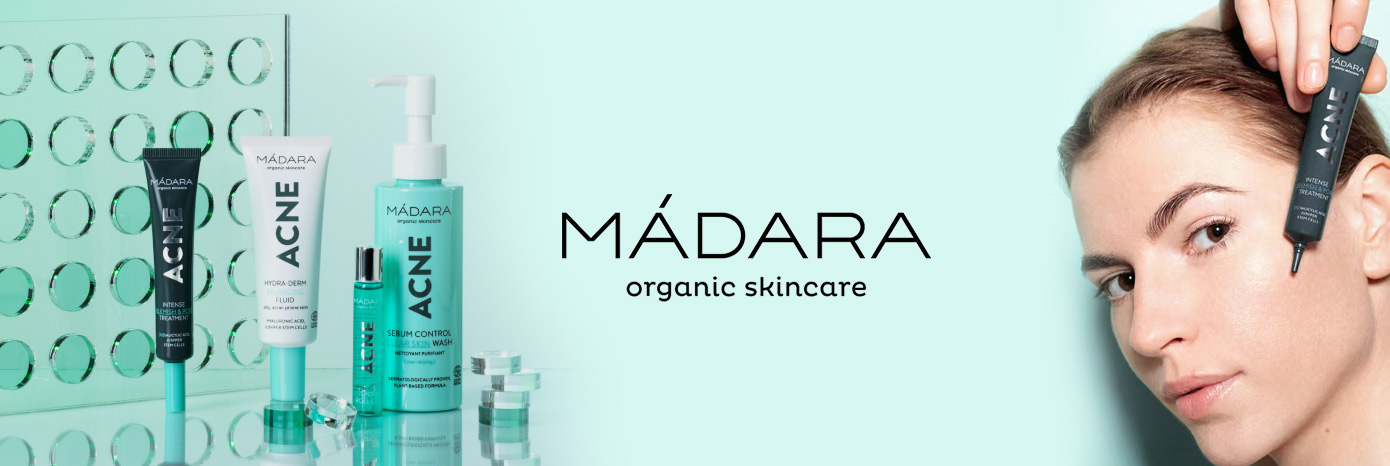Beauty News, MÁDARA
Combatting Acne in Adolescents and Adults
Acne, an unwelcome guest, is experienced by almost 95% of teenagers and 15% of adults. The nature, causes, symptoms, and treatment of acne vary between adolescents and adults. Here, the beauty experts from MÁDARA Skin Care provide comprehensive information about acne in teens and adults, offering solutions to manage and control it effectively.
Understanding Acne: The Root of the Problem
The sight of acne might prompt you to question, “Why acne? Why me?” We all carry Cutibacterium acnes, the troublemaker behind acne, on our skin. It only starts creating trouble when conditions like excessive oil accumulation and improper skin cell turnover provide a conducive environment for bacterial proliferation.
The Genesis of Acne
Acne erupts due to four main factors:
- Excessive oiliness
- Hormonal imbalance that increases oil production
- Clogging of pores by a combination of dead skin cells and oils
- Bacterial growth
In addition, a disturbed skin microbiome contributes significantly to acne pathogenesis. Genetic factors also play a role in acne, and it can be an inherited trait.
Managing Acne
Acne severity varies from mild to moderate to severe. Regular skincare routines and suitable products can effectively manage mild to moderate acne. However, severe cases often necessitate medical interventions like topical or oral antibiotics and retinoids.
Bear in mind that acne treatments require time to exhibit results. You can expect improvements 4–6 weeks post starting a new skincare routine or treatment. Initial stages of treatment might even aggravate the acne before improving it.
Dealing with Acne Scarring
Depending on the acne severity, permanent scars might be left behind post-breakouts. Early acne treatment plays a crucial role in reducing scarring risks. Laser therapy can help diminish scar appearance and lower acne severity.
Acne in Teenagers
Why is acne so common among teenagers?
The primary trigger for teenage acne is excessive oil production in the skin. The surge in hormones during puberty boosts sebum production. Androgens, male hormones found in both boys and girls, lead to excessive oiliness. The combination of excess oil and dead skin cells form a plug within the pore, creating a haven for bacteria.
Differences between teen and adult acne?
Acne during adolescence is more inflammatory than in adults. The high oil production leads to blackheads, whiteheads, pustules, and cystic acne. Acne appears on the back, chest, upper arms, and face. Boys typically experience more severe forms of acne, while girls usually show milder forms.
How to manage teen acne?
Managing teen acne necessitates a consistent skincare routine in the morning and evening. Regular cleansing twice a day, oil-absorbing masks, and lightweight skin hydration are essential for clearer skin. It’s crucial to avoid harsh cleansers and excessively drying products.


Adult Acne
Why does acne occur in adults?
Stress, hormonal fluctuations, and poor diet seem to be the main culprits behind adult acne. Stress ramps up adrenal gland activity, leading to increased oil production and paving the way for acne. Diets rich in sugar and carbohydrates can also cause acne. Aging slows down cellular turnover, which when combined with oily complexion and slower dead cell shedding, can clog pores and heighten the risk of blemishes.
Differences between adult and teen acne?
While adolescent acne affects both sexes equally, adult acne predominantly affects women. Adults generally experience milder forms of acne, such as comedones and inflammatory lesions, mainly around the jaw, mouth, and chin.
Types of adult acne
Two variations of adult acne exist – persistent and late-onset. Persistent acne is the continuation or recurrence of acne from adolescence into adulthood, whereas late-onset acne affects those aged 25 and above who haven’t previously experienced acne vulgaris.
How to manage adult acne?
A balanced routine of gentle cleansing, peeling, and hydration can effectively control both acne and aging. Adult skin can be more sensitive and dries out faster than teen skin. Avoiding drying products is essential as dehydration not only causes discomfort but also accelerates aging. Use hydrating serums and lightweight age-defying moisturisers in the morning and evening. Regular at-home AHA peels can stimulate cellular turnover, unclog pores, and improve skin tone. Ingredients like probiotics or fermented substances can balance the skin microbiome.
Establishing Your Routine
Teen acne 5-step routine
- Cleanse
Try using: Purifying Foam. Use every morning and night to eliminate makeup and impurities. - Balance
Consider using: Clarifying Toner. Apply a pore-refining toner. - Deep cleansing
Consider using: Cleansing Milk
Apply a deep cleansing or exfoliating mask once a week. - Control with anti-acne products
Consider using: ACNE Acute Spot Roll-On, ACNE Intense Blemish & Pore Treatment. - Moisturise
Try using: Deep Moisture Gel. Apply oil-free, non-comedogenic formulas.
Adult acne 5-step routine
- Cleanse
Try using: Purifying Foam.
Apply every morning and night to remove makeup and impurities. - Balance
Try using: Balancing Toner, INFINITy Mist Probiotic Essence.
Balance the skin with a probiotic mist or gentle toner. - Peel
Try using: Brightening AHA Peel Mask.
Apply 1–2 times a week to remove dead cells, defy ageing and brighten skin tone. - Control with anti-acne products
Try using: ACNE Acute Spot Roll-On, ACNE Intense Blemish & Pore Treatment. - Moisturise
Try using: the oil-free Time Miracle Hydra Firm Hyaluron Concentrate Jelly.
Opt for a moisturiser that hydrates adequately while controlling oiliness.
By following a consistent and comprehensive skincare routine tailored to your skin’s needs, it is possible to manage and control acne effectively. Always remember, every skin type is unique, and patience is key when it comes to acne treatment. It can take 4-6 weeks to see improvement with a new skincare regimen or treatment, and sometimes acne may initially get worse before it gets better. So, hang in there, and you’ll soon see progress.




















 Beauty Products
Beauty Products By Skintype
By Skintype Brands A-Z
Brands A-Z Wellness
Wellness Health / Nutrition
Health / Nutrition